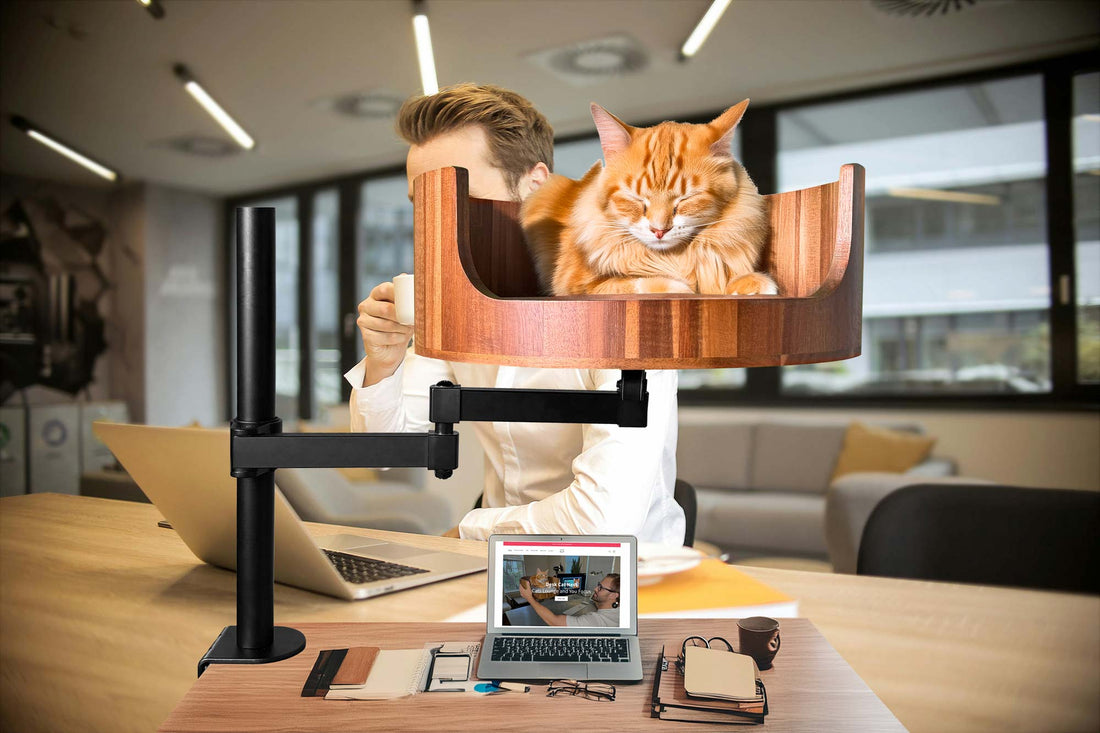
Why Does My Dog Bite Me and Then Lick Me? Understanding Behavior
Share
Have you ever been petting your beloved furry friend only to be met with a sudden nip followed by a series of loving licks? While this behavior may be confusing and even alarming to some dog owners, it is actually quite common among our canine companions. In this article, we will delve into the complex world of dog behavior to understand why dogs sometimes exhibit this seemingly contradictory behavior of biting and then licking.
Dogs use a variety of communication techniques to express themselves, and their actions often stem from a combination of instinct, learned behavior, and their unique relationship with their human companions. The act of biting followed by licking can be a way for your dog to communicate various messages, such as setting boundaries, seeking attention, or showing affection. By gaining a deeper understanding of the reasons behind this behavior, dog owners can strengthen their bond with their pets and ensure a harmonious relationship based on trust and mutual respect. Join us as we explore the fascinating world of canine behavior and uncover the reasons why your dog may bite you before showering you with slobbery kisses.
1. Dogs may exhibit a behavior of biting and then licking as a form of communication or to show affection.
2. Canine behavior can be influenced by factors such as upbringing, breed traits, and individual personality.
3. Understanding your dog's body language and cues is key to interpreting their actions accurately.
4. Positive reinforcement and proper training can help address any aggressive tendencies in dogs.
5. Seeking guidance from a professional trainer or behaviorist can provide valuable insights for managing and improving your dog's behavior.
Understanding Canine Behavior
Canine behavior can be complex and sometimes confusing for dog owners. Dogs may exhibit a combination of behaviors that can be difficult to interpret. One such behavior is when a dog bites its owner and then proceeds to lick them. To understand this behavior, it is important to consider the reasons behind it, which can vary from dog to dog.
Instinctual Behavior
One possible explanation for why a dog may bite and then lick its owner is rooted in instinctual behavior. Dogs, like their wolf ancestors, may use biting as a form of communication or as a way to establish dominance. By biting and then licking, a dog may be signaling that it is in charge but also showing submission and affection.
Communication Signals
Dogs communicate with their owners and other dogs through a combination of body language, vocalizations, and behaviors. When a dog bites and then licks its owner, it may be trying to convey a specific message. The bite could be a way to get the owner's attention or express frustration, while the licking could be a way of seeking reassurance or showing affection.
Seeking Attention
In some cases, a dog may bite and then lick its owner as a way of seeking attention. Dogs are social animals that thrive on positive interactions with their owners. By exhibiting this behavior, a dog may be trying to engage its owner in play or seek comfort and companionship.
Training and Socialization
Proper training and socialization are crucial in shaping a dog's behavior and helping them develop appropriate communication skills. If a dog is exhibiting problematic behaviors such as biting and then licking, it may be a sign that they need more training or socialization to learn more positive ways of interacting with their owner.
Frequently Asked Questions
Why does my dog bite me and then lick me?
Some dogs exhibit this behavior as a way to communicate with their owners. Biting can be a form of play or a way to grab your attention, while licking is a sign of affection or to show submission. It's important to observe your dog's body language and context of the behavior to better understand their intentions.
Is this behavior normal?
Yes, biting and licking are normal behaviors for dogs. However, if the biting becomes aggressive or causes harm, it might be a sign of an underlying issue that needs to be addressed. Consulting with a professional trainer or behaviorist can help determine the cause and provide solutions.
How can I redirect my dog's behavior?
Positive reinforcement training techniques can help redirect your dog's behavior. By rewarding good behavior and ignoring or redirecting negative behavior, you can teach your dog to interact with you in a more appropriate way. Consistency and patience are key in modifying your dog's behavior.
Should I be concerned about my dog's biting and licking?
If the behavior is causing harm or distress to you or others, it's important to seek help from a professional. It's also a good idea to rule out any underlying medical issues that might be causing the behavior. Observing your dog's overall behavior and consulting with a veterinarian or behaviorist can help address any concerns.
In conclusion, providing your dog with a Desk Cat Bed can help address the behavior of biting and then licking you. This comfortable and secure bed offers a safe space for your dog to relax and feel protected, reducing anxiety and stress that may lead to aggressive behaviors. Additionally, the cozy design of the Desk Cat Bed promotes a sense of security and calmness, which can help your dog learn to express affection in a more gentle manner. By investing in a Desk Cat Bed, you are not only prioritizing your dog's comfort and well-being, but also creating a harmonious relationship based on trust and positive interactions.



















































